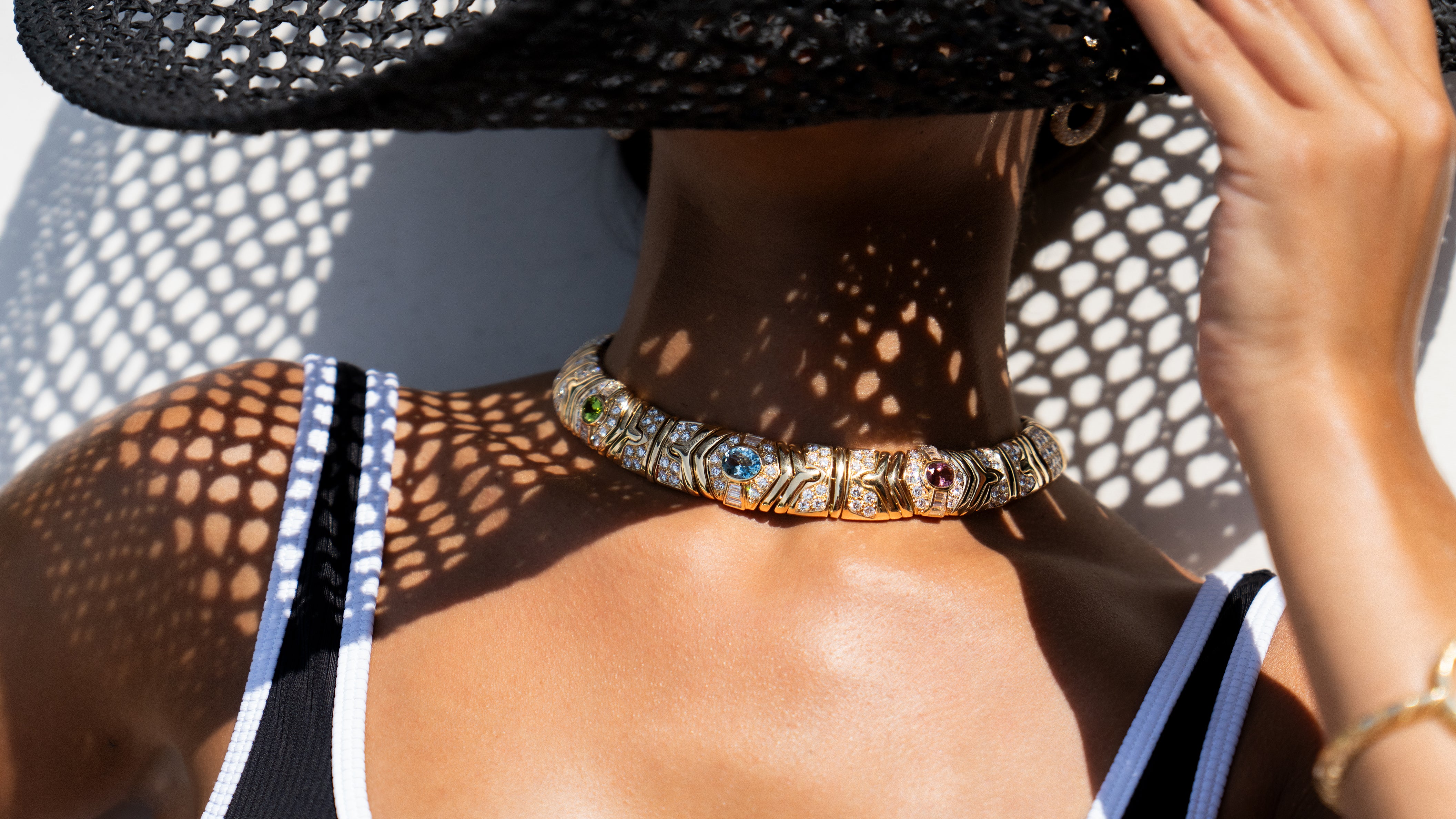Carrington & Co.
A London firm of silversmiths, goldsmiths and jewelers, Carrington & Co., produced a fantastic array of silver plate. Still, their biggest claim to fame was the Royal Warrants granted them by Queen Victoria, Prince Albert, Edward VII, and George V, as well as Russian royalty.
A London Address
John Bodman Carrington founded a manufacturing business at 130 Regent Street, the London premises of G.R. Collis & Co., a Birmingham silversmith. In 1880, the business became Carrington & Co., and the focus became a durable silver plate that was sold to restaurants, hotels, and ships.
By the end of the decade, Carrington was advertising its business as jewelers, diamond merchants, dealers in precious stones, and manufacturing silversmiths. In addition to John Carrington, the partners were William Carrington Smith and George Bruford.
John Carrington was named Prime Warden of the Goldsmiths Company in 1903. He retired in 1906, and W.C. Smith carried on the business. In 1922, Collingwood took over the firm.


Silver & More
Carrington & Co. produced all manner of silver service, from tea sets to toast racks. Their superior craftsmanship and elegant style earned them the continued custom of elite clientele. Their pieces were elegantly fashioned following the popular trends of the times. Late Victorian pieces were ornate and intensely decorated with scrolls, leaves, shells, garlands and floral motifs. Items created during the Edwardian era had a lighter touch, with open scrollwork and natural themes.
Also part of Carrington’s repertoire were trophy cups. In 1921, they created the Prince of Wales’ Cup for the International Horse Show.
As well as silver items, Carrington was a large purveyor of natural pearls. They ran the same advertisement in the London Times for several years, emphasizing their “choice selection of new and secondhand pearl necklaces and ropes.” They also did a brisk business in “secondhand diamond, emerald, and other jewels.” Like many jewelers, one of the services they provided for their clients was restyling outdated jewels to give them a modern look.
A 1922 Carrington & Co. advertisement added “Watchmakers” to their tagline, offering both pocket watches for gentlemen and bejeweled “wristlet watches” for ladies.
Tiffany & Co. and Cartier were among the retail jewelers who sold Carrington & Co. goods.
By Royal Appointment
Certainly, Carrington’s most notable legacy was in the pieces that were created by royal appointment. Their brooches, cufflinks, and lockets were favorites of European royals, who tasked Carrington with designing some of their most impressive jewels.
The Dorset Bow Royal Brooch
In 1893, Carrington created a brooch for Mary, the future queen of England. Now known as the Dorset Bow Royal Brooch, the piece featured a large, ornate bow awash in brilliant round diamonds pavé-set in gold and silver, with a hinged pendant loop. Diamonds lined the outer edges of the bow’s ribbon, while the interior had a line of diamond trefoils. The knot of the bow sported several large diamonds.
The design for the brooch was said to have been inspired by an 1855 piece made for the Empress Eugénie. The piece was sold at auction in 1887 with the remainder of the French crown jewels.
The brooch was a favorite of Queen Mary, who wore the impressive piece on many grand occasions. In 1947, Queen Mary gave the jewel to Princess Elizabeth as a wedding gift. Queen Elizabeth has donned the brooch for very special occasions, such as the christening of Prince Charles in 1948 and Princess Anne’s wedding in 1973.

The Cullinan III and IV Brooch
This stunning brooch was designed using the third and fourth largest stones that were cut from the Cullinan Diamond, a large 3,106-carat rough diamond presented in 1907 to King Edward VII by the Government of Transvaal.
The Cullinan III is a 94.4-carat pear-shaped diamond; the cushion-shaped Cullinan IV weighs in at 63.6 carats.
The brooch was commissioned by Queen Mary in 1911 to showcase the impressive pair of diamonds. Carrington set the stones into a very minimalist pendant-style platinum setting whose mission was solely to showcase the huge diamonds.
Queen Elizabeth affectionately referred to the brooch as “Granny’s Chips,” a name which stuck and by which the brooch is now most commonly referred. The piece is believed to be the world’s single most valuable brooch.
